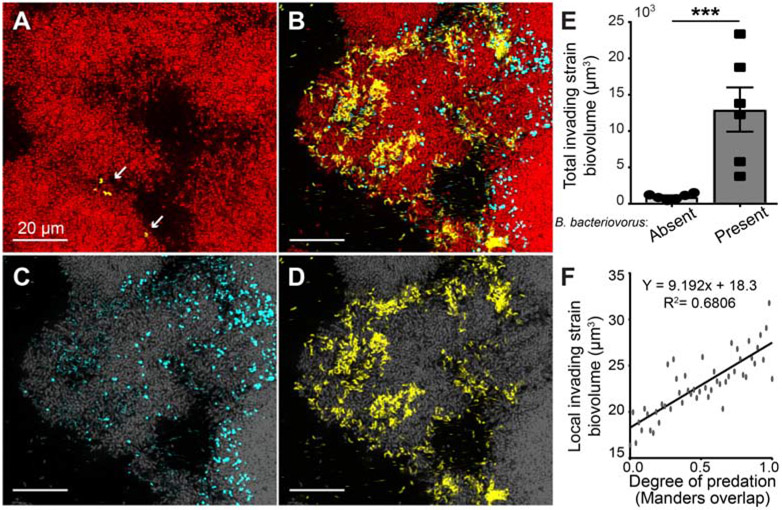Figure 4. B. bacteriovorus exposure on the periphery of V. cholerae biofilm clusters renders them susceptible to infiltration by other bacteria.
(A) In the absence of predator exposure, V. cholerae biofilms are highly resistant to invasion by conspecific cells. The resident biofilm is shown in red, and invading cells are shown in yellow. (B) Resident biofilms that have been exposed to predation by B. bacteriovorus (cyan) have a more loosely structured periphery, and as a result, invading conspecifics are able to enter well past the outer boundary of the resident biofilm. (C) Channel split image from (B) of the predator bacteria (cyan) and (D) channel split image from (B) of invading conspecific cells (yellow) distributed in the outer resident biofilm layers (resident biofilm in grey). (E) Measurement of the differences in total invading cell biovolume across whole biofilms, in the presence or absence of B. bacteriovorus (*** denotes p<0.001; Wilcoxon signed ranks test with n = 6). (F) Within biofilms exposed to predation, the degree of invasion by competitors within any given local area scales linearly with the degree of B. bacteriovorus predation in that area. See also Figure S4.

